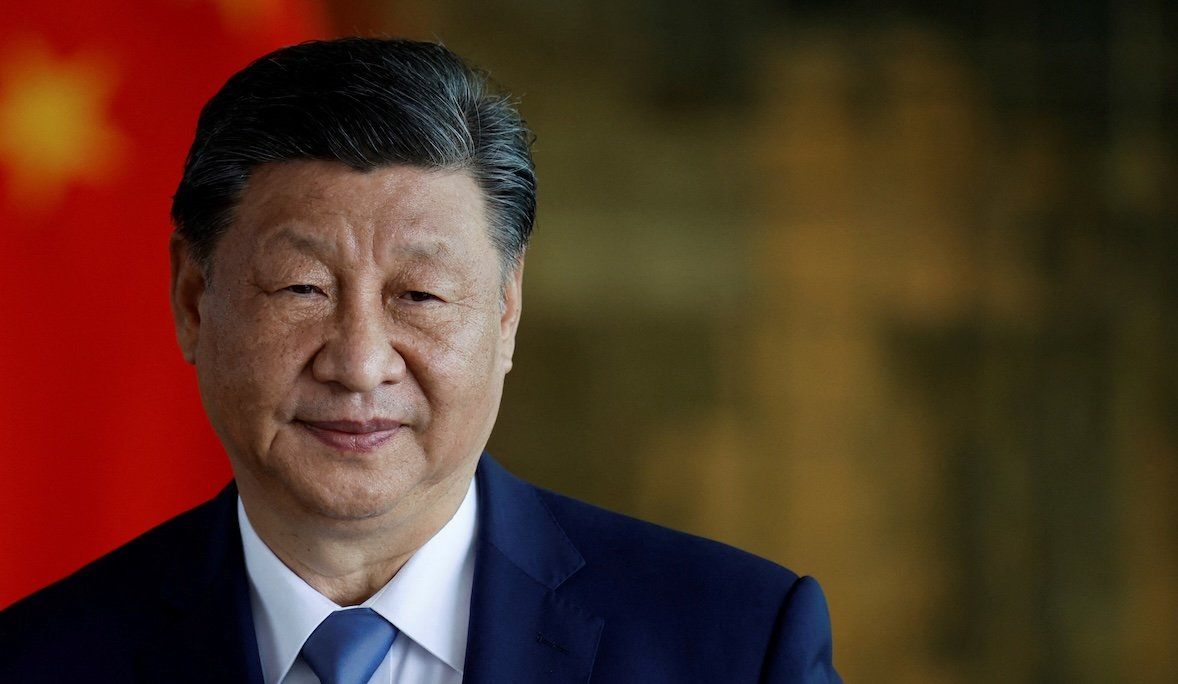Tensions between China and the West heat up amid military exercises
China's President Xi Jinping attends a meeting in Brazil in November 2024.
Just days after a Chinese naval helicopter nearly collided with a Philippine patrol plane over a contested reef, China’s military started live-fire drills in waterways near Vietnam on Monday and between Australia and New Zealand over the weekend in an “unprecedented” display of firepower.
Beijing’s democratic critics put up their own show of force. On Sunday, France held military exercises with the Philippines and vowed to deepen their defense ties. On Monday, Japan followed suit, forging a security pact with Manila.
France, which is looking to assert its status as a Pacific power through its overseas island territories across the region, is now negotiating an agreement with the Philippines to allow troops to train on each other’s land, similar to the deal Manila has with the US and Australia.
At a meeting in Manila on Monday, Japanese Defense Minister Gen Nakatani and his Philippine counterpart, Gilberto Teodoro, agreed to work together to counter “unilateral attempts by China and other countries to change the international order and the narrative.”
After Vietnam released new maps marking what Hanoi considers its maritime boundary with Beijing, China on Monday began four days of live-fire military exercises in the Gulf of Tonkin. Vietnam has yet to respond.
Last week, Australia and New Zealand accused China of failing to announce the live-fire component of its military drills in international waters in the Tasman Sea. The abrupt shift in protocol forced commercial airlines to reroute flights last Friday morning. On Sunday, China’s Defense Ministry denied what it called “unreasonable accusations” from Canberra and Wellington.
It’s just the latest tensions between Australia and its largest trading partner. Earlier this month, a Chinese J-16 fighter plane released flares that passed within 100 feet of an Australian P-8 Poseidon surveillance jet flying over the South China Sea.
Where does it all go? Beijing has been trying to seize on the Trump administration’s cuts to international aid and America-first foreign policy to tighten its grip over the Pacific. But China’s early success at promoting economic and diplomatic relations are overshadowed by its “beefs” with most of its neighbors over sovereignty and national security, said Jeremy Chan, a senior analyst at the Eurasia Group.
“China can’t make friends with anybody,” Chan said. “If you zoom out and look at the South China Sea, China basically has a border dispute with almost every country in the Indo-Pacific. That puts a limit on Beijing’s ability to leverage Trump 2.0.”
